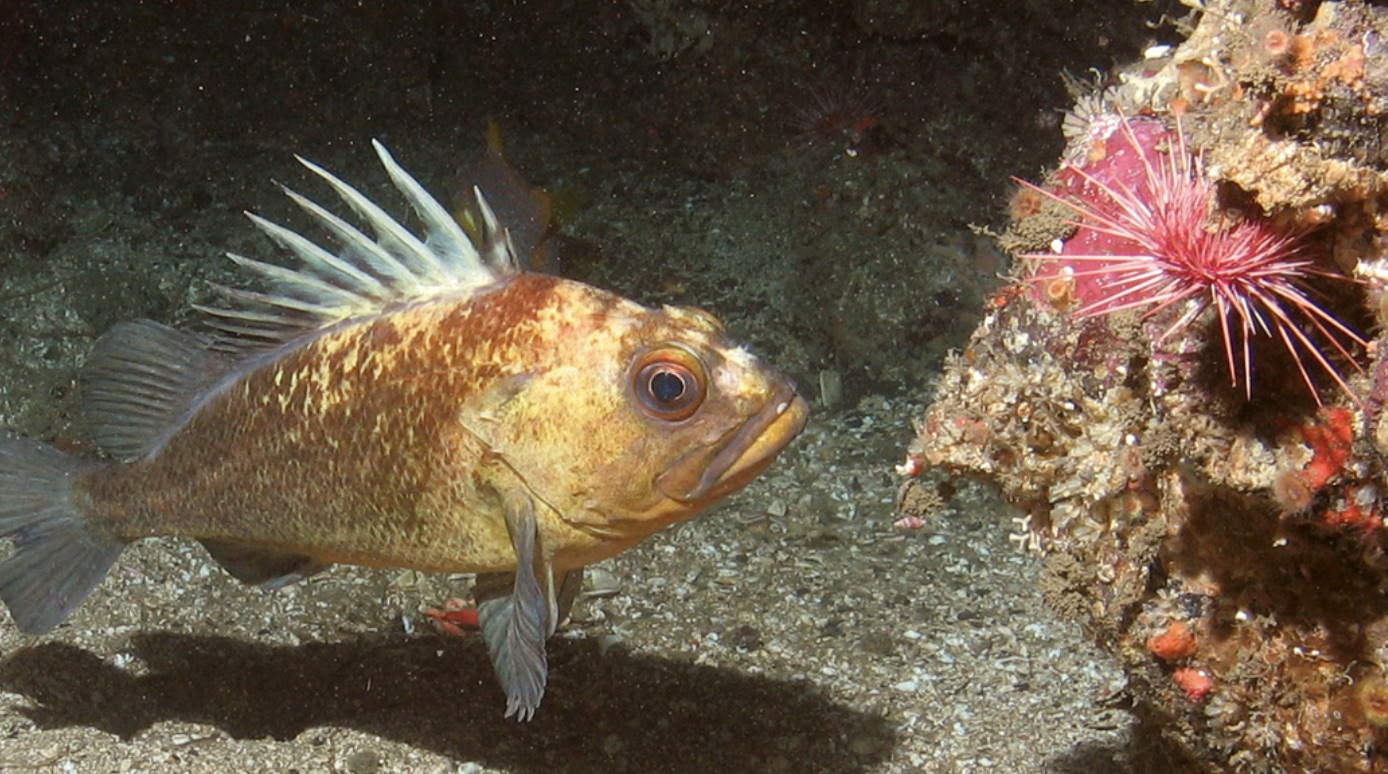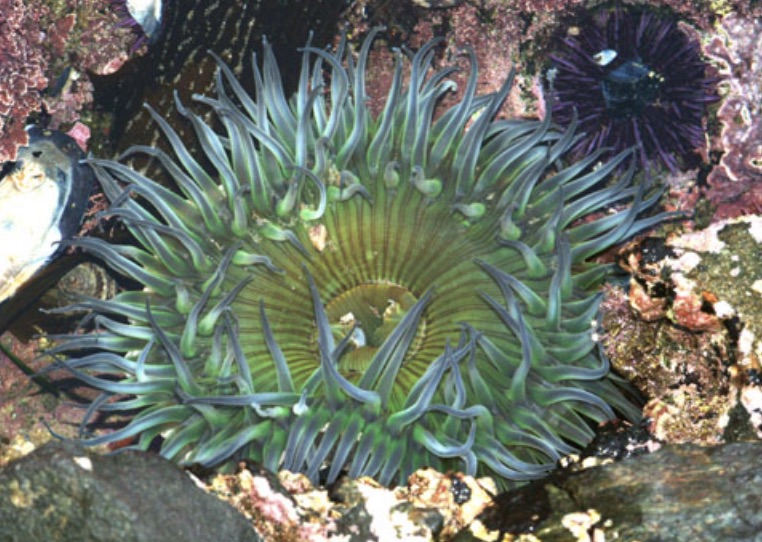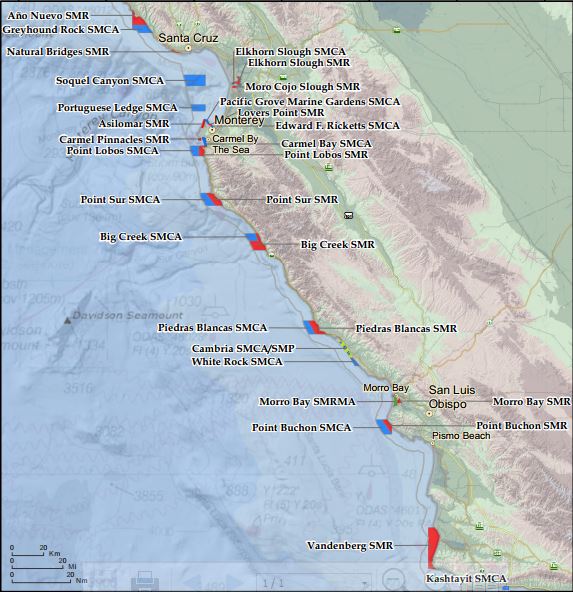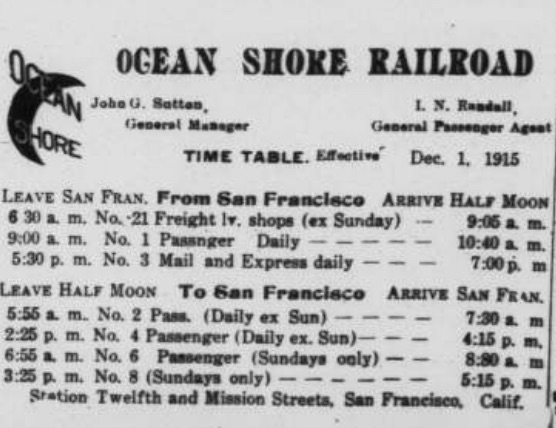|
Getting your Trinity Audio player ready...
|
Bag Limits for Saltwater Snails? Following the Regulations for Tidepool Foraging
Tidepools have yielded food for hungry humans for thousands of years, though it was a brave soul who first pried open a mussel and thought, “Ooh, this looks tasty!”
though it was a brave soul who first pried open a mussel and thought, “Ooh, this looks tasty!”
Today, seashore foraging is a means of legally gathering tidepool animals for personal use, with the side benefits of getting a little fresh air and exercise. But overharvest, or “overexploitation,” of marine life can have negative effects that ripple throughout a tidepool community and beyond. By severely reducing the number and type of plants and animals, overexploitation can weaken the resiliency of the intertidal area, making recovery difficult in the face of threats like pollution, oil spills, storms, and climate change. For tidepools, even being prodded and trampled by too many careless human hands and feet can be devastating.
That’s where bag limits on the number of tidepool
 creatures that can be gathered and other recreational fishing regulations can help maintain balance. Developed to help protect, maintain, enhance, and restore California’s marine ecosystems, regulations for fishing and collecting provide a first-line defense against natural resource abuse. To maintain the sustainability of California’s marine environment, it’s important for tidepool foragers to know and follow the rules when gathering fish or shellfish.
creatures that can be gathered and other recreational fishing regulations can help maintain balance. Developed to help protect, maintain, enhance, and restore California’s marine ecosystems, regulations for fishing and collecting provide a first-line defense against natural resource abuse. To maintain the sustainability of California’s marine environment, it’s important for tidepool foragers to know and follow the rules when gathering fish or shellfish.
The daily bag limits and other rules for collecting tidepool animals such as sho re crabs, limpets, and sea urchins are available online and in the annual California Ocean Sport Fishing Regulations booklet. Besides knowing the rules, all foragers age 16 or older must have a valid sport fishing license to gather tidepool animals. In Southern California (south of Point Arguello in Santa Barbara County), an Ocean Enhancement Validation is also required.
re crabs, limpets, and sea urchins are available online and in the annual California Ocean Sport Fishing Regulations booklet. Besides knowing the rules, all foragers age 16 or older must have a valid sport fishing license to gather tidepool animals. In Southern California (south of Point Arguello in Santa Barbara County), an Ocean Enhancement Validation is also required.

In some areas, including most marine protected areas, tidepool animals are fully protected and may not even be handled for viewing. On rocky seashores where foraging is permitted, some animals such as abalone, sea stars, chitons, and all barnacles, including gooseneck barnacles, may not be collected. If you intend to gather tidepool animals, be sure to brush up on the latest recreational fishing regulations and requirements beforehand!
Although it may appear indestructible, the rocky seashore and its tidepools are sensitive marine areas. Please watch your step when you visit, whether you’re there to gather tidepool residents or simply watch them as they dart, dash, and scuttle around their intertidal homes. If you’re there to gather tidepool animals, remember to forage responsibly by taking only what you can use, and abide by the sport fishing regulations. Don’t forget to bring your sport fishing license and any needed validations with you.
A Word About California Mussels

illustration by A. Bachar
California mussels are often abundant in rocky intertidal areas. Coastal foragers should be aware that the California Department of Public Health issues a mussel quarantine from May through October each year to protect the public from poisoning that can lead to serious illness, including coma and death. Mussels may not be gathered for human consumption during the quarantine, but may be collected for fish bait. The daily bag limit for mussels is 10 lb. in the shell, and no implements may be used to pry them from the rocks (use hands only – heavy gloves are usually worn). For the most up-to-date safety information, be sure to check the California Department of Public Health’s shellfish advisories before heading out.
Central California Marine Protected Areas
Updated March 1, 2016
The central California marine protected areas (MPAs), from Pigeon Point to Point Conception, are one component of a statewide MPA network. Major revisions and additions to central California MPAs went into effect in state waters* on September 21, 2007.
The 29 protected areas in this region (28 MPAs and one marine recreational management area) cover approximately 204 square miles, or about 18 percent of central California state waters. The following table summarizes the area designations managed within the central portion of the statewide MPA network:















